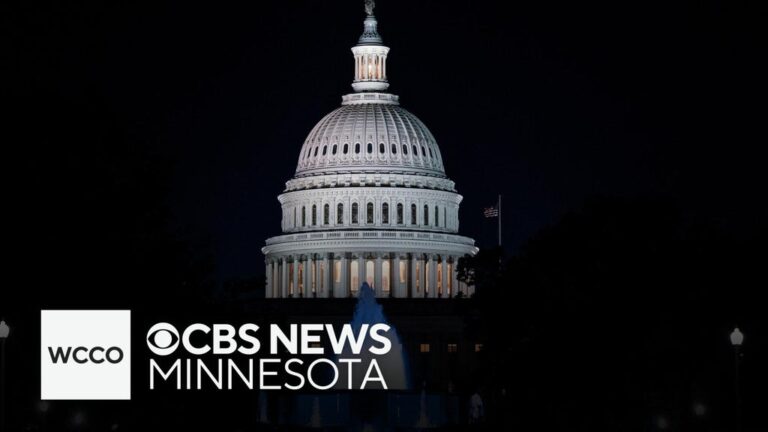In the wake of the Supreme Court’s decision in Dobbs v. Jackson Women’s Health Organization, which overturned the historic Roe v. Wade ruling, the healthcare industry is confronting renewed challenges concerning patient privacy in reproductive healthcare. This pivotal change has prompted a flurry of legislative and regulatory activities, creating a complex web of rules that healthcare providers must navigate carefully. Importantly, reproductive healthcare privacy concerns extend beyond women, encompassing services traditionally sought by men, such as testosterone replacement and male fertility treatments.
Federal Reforms and the Reproductive Final Rule
In an effort to address these privacy concerns, the Office of Civil Rights (OCR) issued a Final Rule in April 2024, known as the Reproductive Final Rule, aimed at expanding the Health Insurance Portability and Accountability Act (HIPAA) protections for reproductive health privacy. This rule was a direct response to Executive Order 14076, which directed the U.S. Department of Health and Human Services (HHS) to bolster privacy protections for reproductive healthcare services following the Dobbs decision.
The Reproductive Final Rule prohibits the use or disclosure of protected health information (PHI) for criminal, civil, or administrative investigations or proceedings related to lawful reproductive healthcare. This includes prohibiting the use of PHI to impose liability on individuals seeking or providing such care. However, the rule has faced legal challenges, including lawsuits from the Texas Attorney General and a coalition of fifteen State Attorneys General, arguing that the OCR exceeded its rulemaking authority.
“HHS lacked clear delegated authority to fashion special protections for medical information produced by politically favored medical procedures.” — U.S. District Court for the North District of Texas, June 18, 2025
On June 18, 2025, the U.S. District Court for the North District of Texas vacated the Reproductive Final Rule, casting uncertainty over its future. While it remains unclear if an appeal will follow, it is anticipated that HHS may not pursue further action.
State-Level Initiatives and Legal Variations
Meanwhile, individual states have taken varied approaches to protect reproductive healthcare privacy. For instance, California has amended its Confidentiality of Medical Information Act to restrict the disclosure of medical information related to abortion, even in response to subpoenas or law enforcement requests. Similarly, New York voters approved Proposition One in November 2024, amending the state constitution to protect against discrimination based on reproductive healthcare decisions and affirming reproductive autonomy as a fundamental right.
These state-level actions highlight the fragmented landscape of reproductive healthcare privacy, where regulated parties must navigate a myriad of laws and regulations. This patchwork of legal frameworks can create challenges for healthcare providers, insurers, and digital health platforms, necessitating careful compliance strategies.
The Broader Implications and Future Outlook
The ongoing legal battles and state-level initiatives underscore the complexities surrounding reproductive healthcare privacy in the United States. The interplay between federal and state laws, coupled with a shifting political environment and evolving technologies, adds layers of complexity to an already sensitive issue.
Healthcare providers must remain vigilant, ensuring compliance with both federal and state regulations. This includes developing clear policies on data sharing, conducting privacy audits, and engaging in strategic communication with legal counsel to navigate the intricate legal landscape effectively.
As the debate over reproductive healthcare privacy continues, stakeholders must stay informed about regulatory changes and legal developments. The future of reproductive healthcare privacy will likely involve ongoing legal challenges and legislative efforts, shaping the landscape for years to come.

























